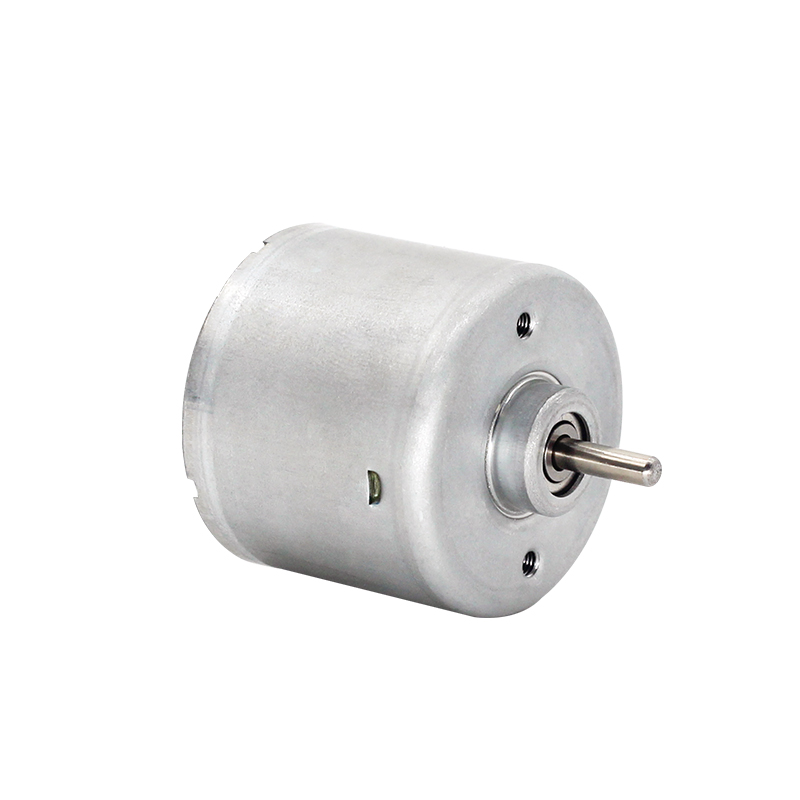Safeguarding Your Motor: Understanding Protection Features Against Overcurrent, Overvoltage, and Overheating
2024-04-15
In the realm of brushless motors, reliability and safety are paramount. Whether you're dealing with industrial machinery, household appliances, or automotive systems, ensuring the longevity and proper functioning of motors is essential. One crucial aspect of motor design is the incorporation of protection features against overcurrent, overvoltage, and overheating. Let's delve into these protection mechanisms to understand how they safeguard motors and the equipment they power.
Overcurrent Protection:
Overcurrent, which occurs when the current flowing through a circuit exceeds its rated capacity, poses a significant risk to motors. It can lead to damage, overheating, or even catastrophic failure if left unchecked. To mitigate this risk, motor designs often include overcurrent protection features such as:
1. Fuses and Circuit Breakers: These are the first line of defense against overcurrent events. Fuses contain a metal wire that melts when the current surpasses a certain threshold, breaking the circuit and preventing further damage. Circuit breakers perform a similar function but can be reset manually or automatically after tripping.
2. Thermal Overload Relays: These devices monitor the motor's temperature and disconnect power if it exceeds safe limits. Thermal overload relays use temperature-sensitive elements to detect overheating, offering an additional layer of protection against overcurrent conditions caused by prolonged operation or mechanical issues.
3. Electronic Overload Relays: Unlike thermal overload relays, electronic variants use solid-state components to detect overcurrent events. They offer more precise monitoring and adjustable trip settings, making them suitable for a wide range of applications.
Overvoltage Protection:
Overvoltage, characterized by a higher-than-normal voltage level in a circuit, can wreak havoc on motors by causing insulation breakdown, winding damage, or capacitor failure. To safeguard against overvoltage, motor protection systems employ the following strategies:
1. Voltage Regulators: These devices maintain a stable output voltage by adjusting the input voltage accordingly. Voltage regulators come in various forms, including electromechanical relays, solid-state regulators, and integrated circuits, and they help prevent overvoltage conditions caused by fluctuations in the power supply.
2. Surge Suppressors: Lightning strikes, switching events, or grid disturbances can introduce voltage spikes that may damage motors. Surge suppressors, such as metal oxide varistors (MOVs) or transient voltage suppressor diodes (TVS), divert excess voltage to ground, protecting sensitive components from harm.
3. Undervoltage Protection: While not directly related to overvoltage, undervoltage protection mechanisms ensure that the motor receives adequate voltage to operate efficiently. Low-voltage conditions can lead to motor stalling, increased current draw, and overheating. Undervoltage relays or monitors detect voltage dips and initiate protective actions, such as disconnecting the motor or activating backup power sources.
Overheating Protection:
Overheating is a common cause of motor failure and can result from prolonged operation, excessive ambient temperatures, or inadequate cooling. Protection features designed to prevent overheating include:
1. Temperature Sensors: Embedded within the motor windings or housing, temperature sensors monitor the operating temperature in real-time. When temperatures rise above safe thresholds, these sensors trigger protective actions, such as reducing motor speed, activating cooling fans, or shutting down the motor altogether.
2. Thermal Switches: Similar to temperature sensors, thermal switches respond to heat buildup by interrupting the electrical circuit. They are often integrated into motor windings or placed in strategic locations within the motor housing to detect localized overheating and prevent damage.
3. Cooling Systems: Adequate cooling is essential for maintaining optimal operating temperatures in motors. Cooling systems, such as fans, heatsinks, or liquid cooling loops, dissipate excess heat generated during operation, thereby extending the motor's lifespan and preventing overheating-related failures.
In conclusion, the protection features incorporated into motors play a critical role in safeguarding against overcurrent, overvoltage, and overheating conditions. By implementing robust protection mechanisms, motor manufacturers ensure the reliability, longevity, and safety of their products across various applications and industries. As technology continues to evolve, advancements in motor protection systems will further enhance performance and mitigate risks, reinforcing the importance of proactive engineering in brushless motor design.



